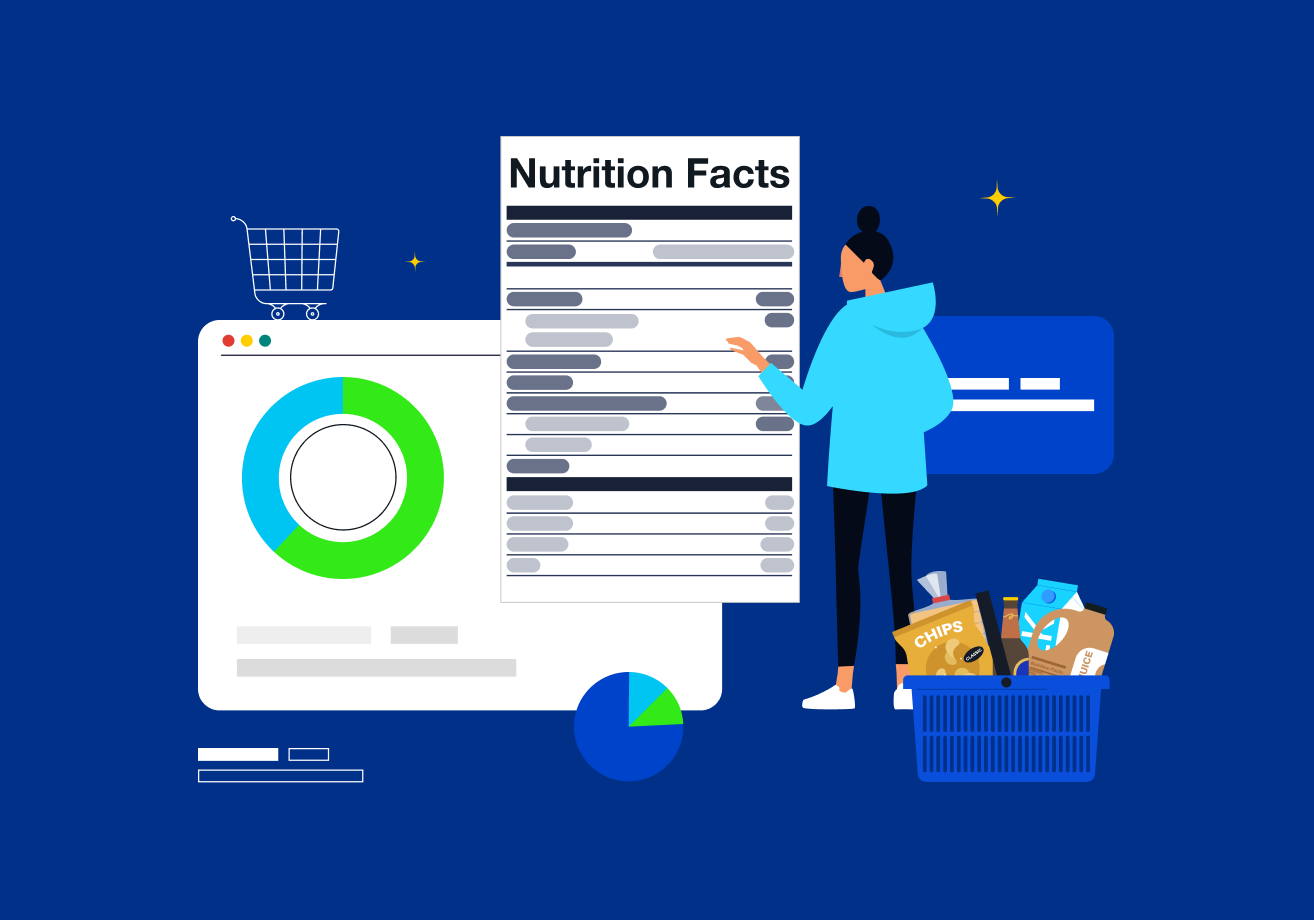Using Wellness Claims to Convert More Shoppers
Healthy food has always been important for shoppers, and consumers today are looking at what they eat as part of their overall “wellness”, not just dietary health. Consider that into the 1990s the main eating concerns for consumers were weight and heart health. Today, especially with Millennial and Gen Z shoppers, this has grown into concerns around digestive health, nutrient density, diabetes, and concepts such as “purity” and “energy”. *
This new perspective on food as a core to overall health and wellness provides an opportunity for retailers and brands to showcase their products by highlighting the attributes shoppers seek. According to user statistics from Nutritionix, in addition to calorie counting some of the top attributes include Low Carb, High Protein, Vegetarian and Ketogenic Diet. **
There is a challenge with these expanding search terms, however. Many of today’s wellness claims are not always prevalent on a package label – they must be derived from several pieces of information. For example, attributes like plant-based or Ketogenic require some interpretation beyond the label to identify the combination of nutritional and ingredient attributes. This adds additional complexity for brands and retailers in terms of highlighting their product content to shoppers.

It is well worth the effort, however. Consumers today actively seek such information, and there is an opportunity for both retailers and brand marketers to drive better engagement and conversion. Given that consumers want that deep level of data and can search online, it’s important for brands and retailers to ensure they are highlighting these features for their eCommerce programs. It also makes sense to call attention to these items at the shelf. For example:
Retailers
- Can analyze their assortment to see which products they have that meet popular wellness identifiers and group or promote accordingly, such as gluten-free, Paleo-friendly or other foods that meet certain diet program requirements (e.g. WW, Atkins, etc.).
- Can use assortment analysis to create shelf groupings (or shelf labels) to highlight specific products that communicate their diet-friendliness in convenient ways.
- Can take trending wellness searches and create meal solution categories or cross-merchandising opportunities.
Brands
- Can consider their current product mix to see which of their items can qualify for wellness categories and promote as such online.
- Can use this product analysis in category management discussions with retailer partners as a way to promote a family of products to meet a wellness need.
- Can create differentiated packaging claims or enhanced content to support any derived wellness attributes.
By performing more detailed wellness analysis on product contents and overall item assortment, both brands and retailers can help to drive better engagement with today’s shoppers. Retailers should consider the types of wellness categories their product assortment falls into, and brands can analyze their current mix to find gaps or promote product combinations for wellness-friendly diets.
*Hartman Group, Healthy Eating Trends, 2018
**Nutritionix Track consumer app. Nutritionix is a Syndigo company.










